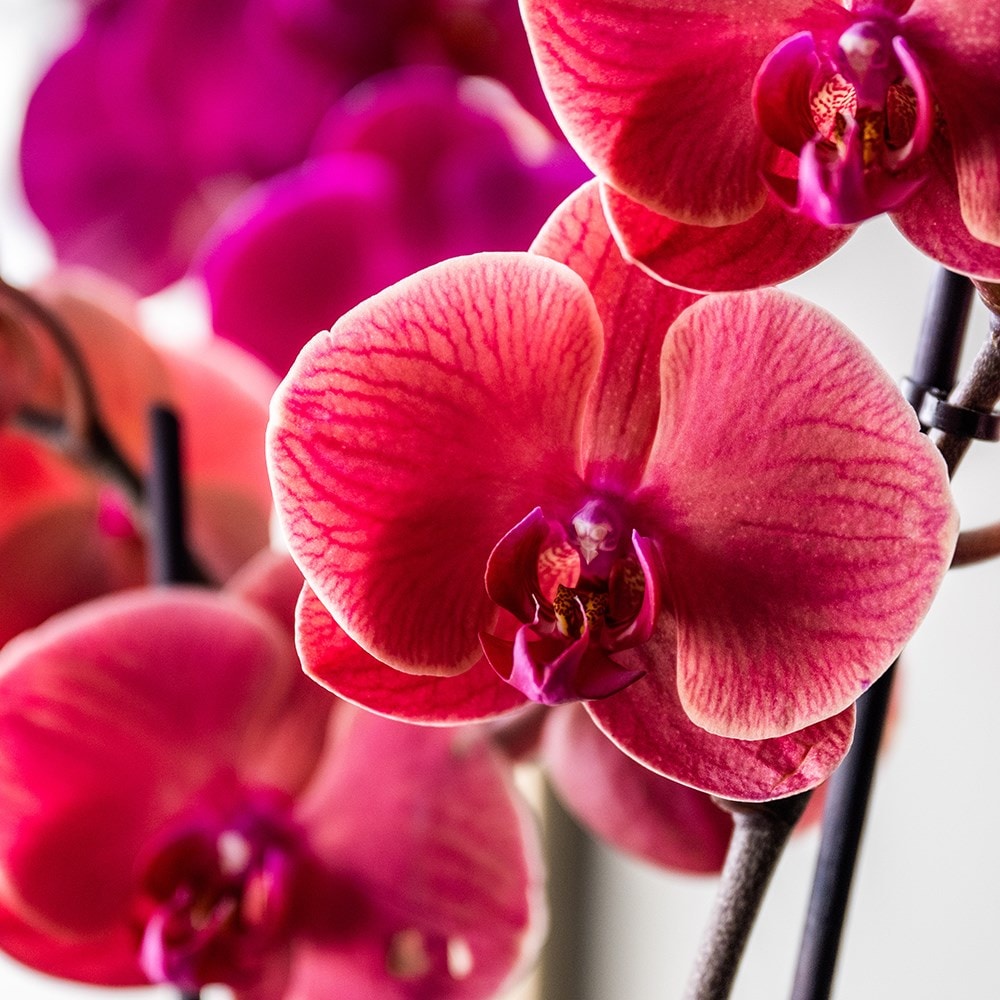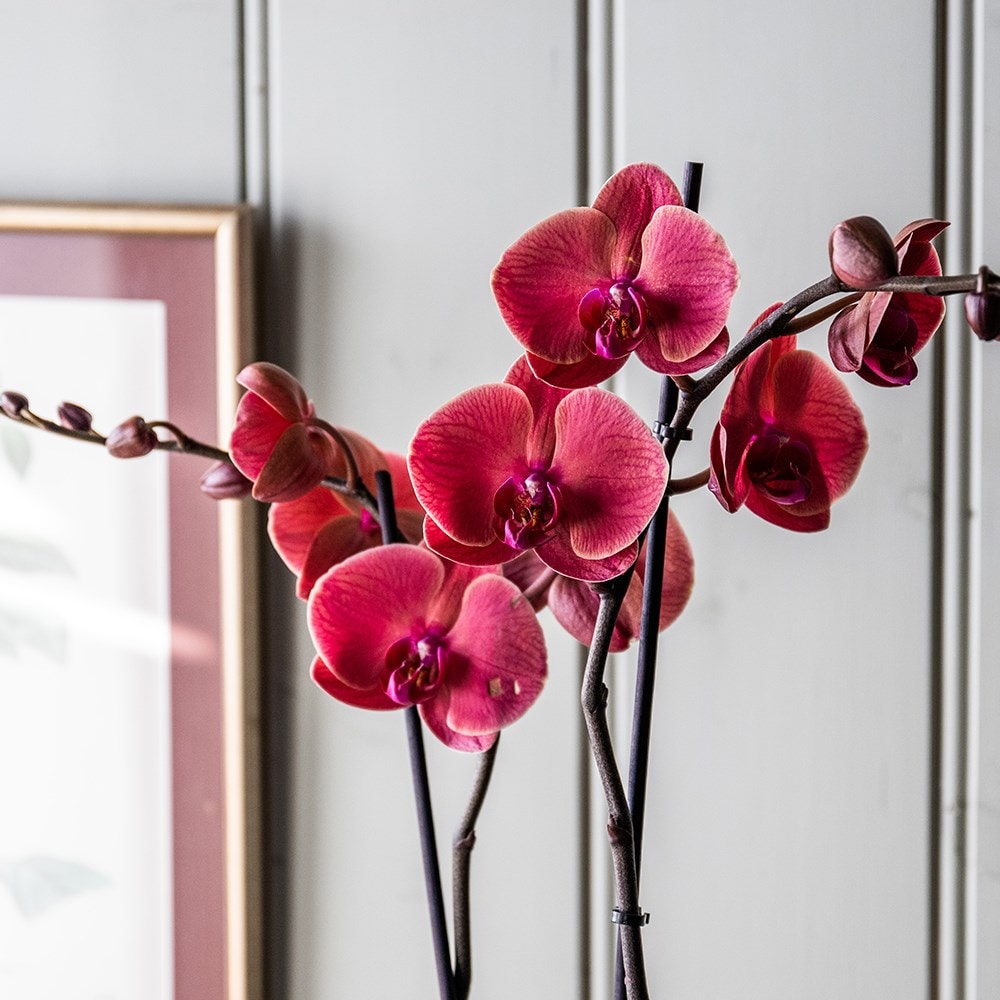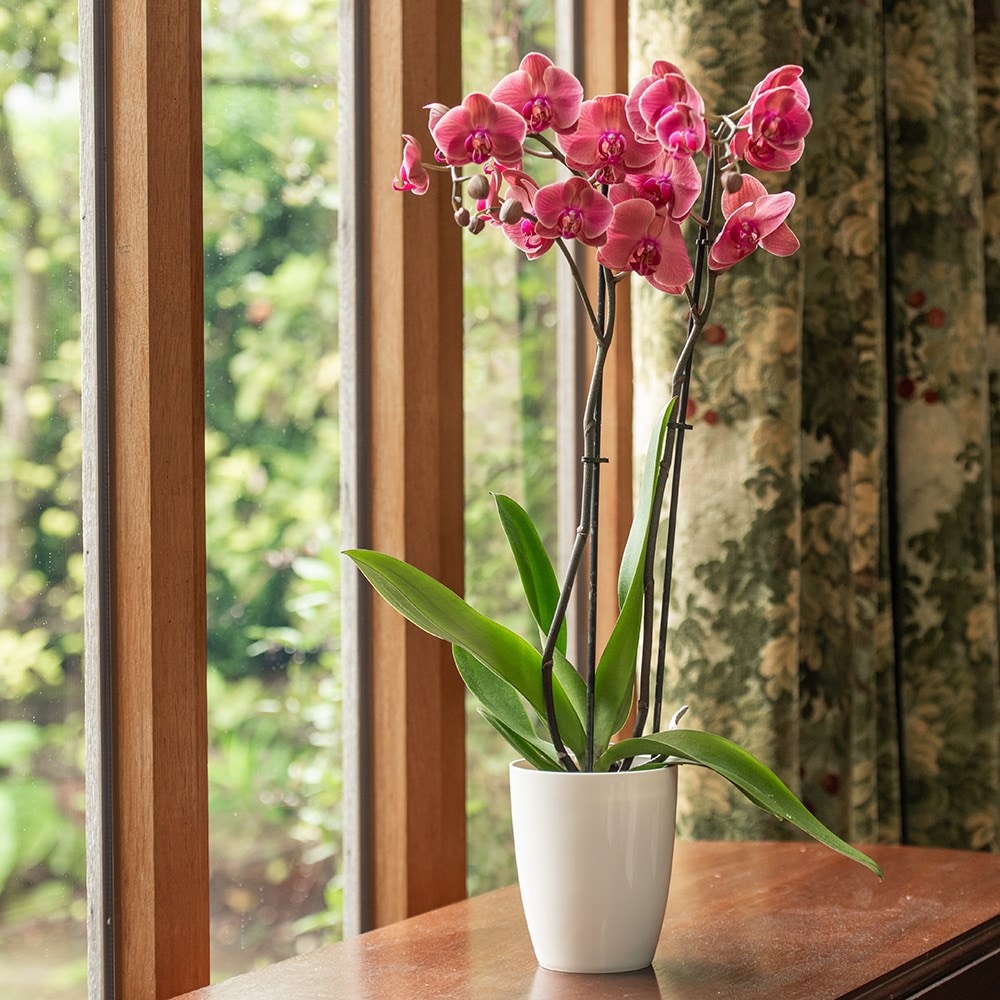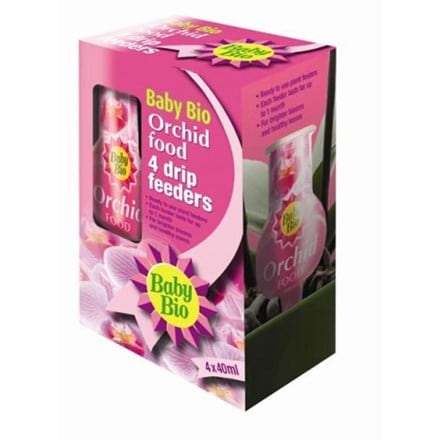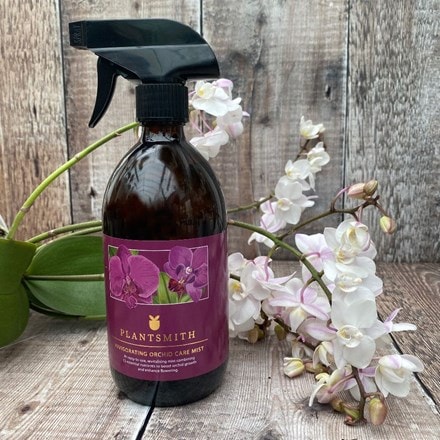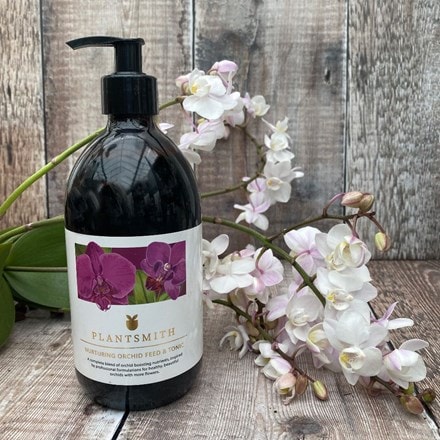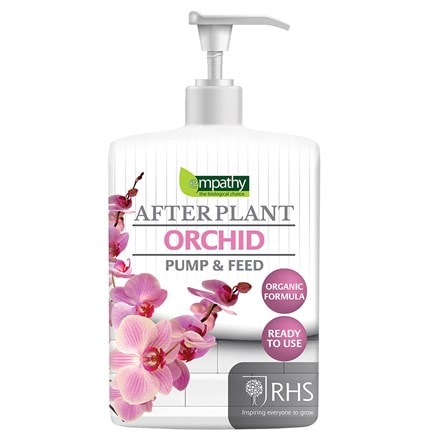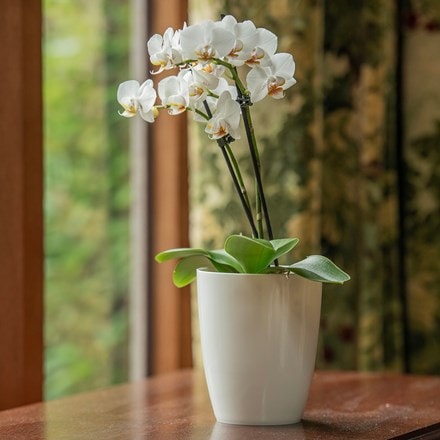Phalaenopsis 'Asian Coral'
moth orchid
- 12cm pot | 65cm tall
- £32.99
- In stock (shipped within 1-2 working days)
- with white pot
- £37.98
- In stock (shipped within 2-3 working days)
- with jute pot
- £40.98
- In stock (shipped within 2-3 working days)
- with green glazed pot
- £44.98
- In stock (shipped within 2-3 working days)
- with terracotta bowl pot
- £47.98
- In stock (shipped within 2-3 working days)
- with ribbed antique bronze pot
- £45.98
- sold out
- with polished brass pot
- £50.98
- sold out
- with verdigris pot
- £50.98
- sold out
Delivery options
- Standard £5.99
- Position: bright, indirect light
- Soil: specialist orchid compost
- Rate of growth: average
- Flowering period: off and on throughout the year
- Hardiness: tender (indoors only)
- Current height: approximately 65cm (+ or - 10% including the pot)
- Number of stems: 2 flower stems
- Pot cover: choose a 14cm orchid pot cover to give a good fit over the pot
With gorgeous coral pink blooms that can reach 8cm (3in) in diameter, Phalaenopsis ‘Asian Coral’ brings a warm glow to your home and interior spaces. These reliable and stunning moth orchids make excellent houseplants, flowering up to three times a year, often for long stretches at a time.
Please note that the plant comes in a 12cm nursery pot as standard, unless a decorative pot cover is included as an option.
Please note that the plant comes in a 12cm nursery pot as standard, unless a decorative pot cover is included as an option.
Keep the compost moist during the warmer months, but in winter you should reduce the amount it gets, and only water them occasionally. Ideally when watering, you should let them stand in a tray of water (or kitchen sink) so they can soak up as much as they like for an hour or two. Afterwards, let the excess water drain away completely. It is always best to give them a good soak when they get quite dry, rather than watering little and often. Their preference is for soft, tepid water.
They love humidity, so a bright kitchen or bathroom would be ideal, and mist the leaves with water occasionally, especially if they are in a heated room.
Don't worry if the roots grow outside the pot. In their native environment, they grow in the crooks of branches, and use these aerial roots to absorb water from the air. They do not mind being overcrowded in their pots, so you only need to repot them when the growth starts to suffer. They usually only send up flower spikes once a year, however you may encourage a second flush of flowers to form more quickly if you trim back the stem to just above the first node immediately after they have finished flowering. They prefer even temperatures, so try not to have big drops at night time.
They love humidity, so a bright kitchen or bathroom would be ideal, and mist the leaves with water occasionally, especially if they are in a heated room.
Don't worry if the roots grow outside the pot. In their native environment, they grow in the crooks of branches, and use these aerial roots to absorb water from the air. They do not mind being overcrowded in their pots, so you only need to repot them when the growth starts to suffer. They usually only send up flower spikes once a year, however you may encourage a second flush of flowers to form more quickly if you trim back the stem to just above the first node immediately after they have finished flowering. They prefer even temperatures, so try not to have big drops at night time.
Goes well with
High orchid gloss plant pot - white
Ø12.5 × H14.5cm
£4.99
In stock (shipped within 2-3 working days)

